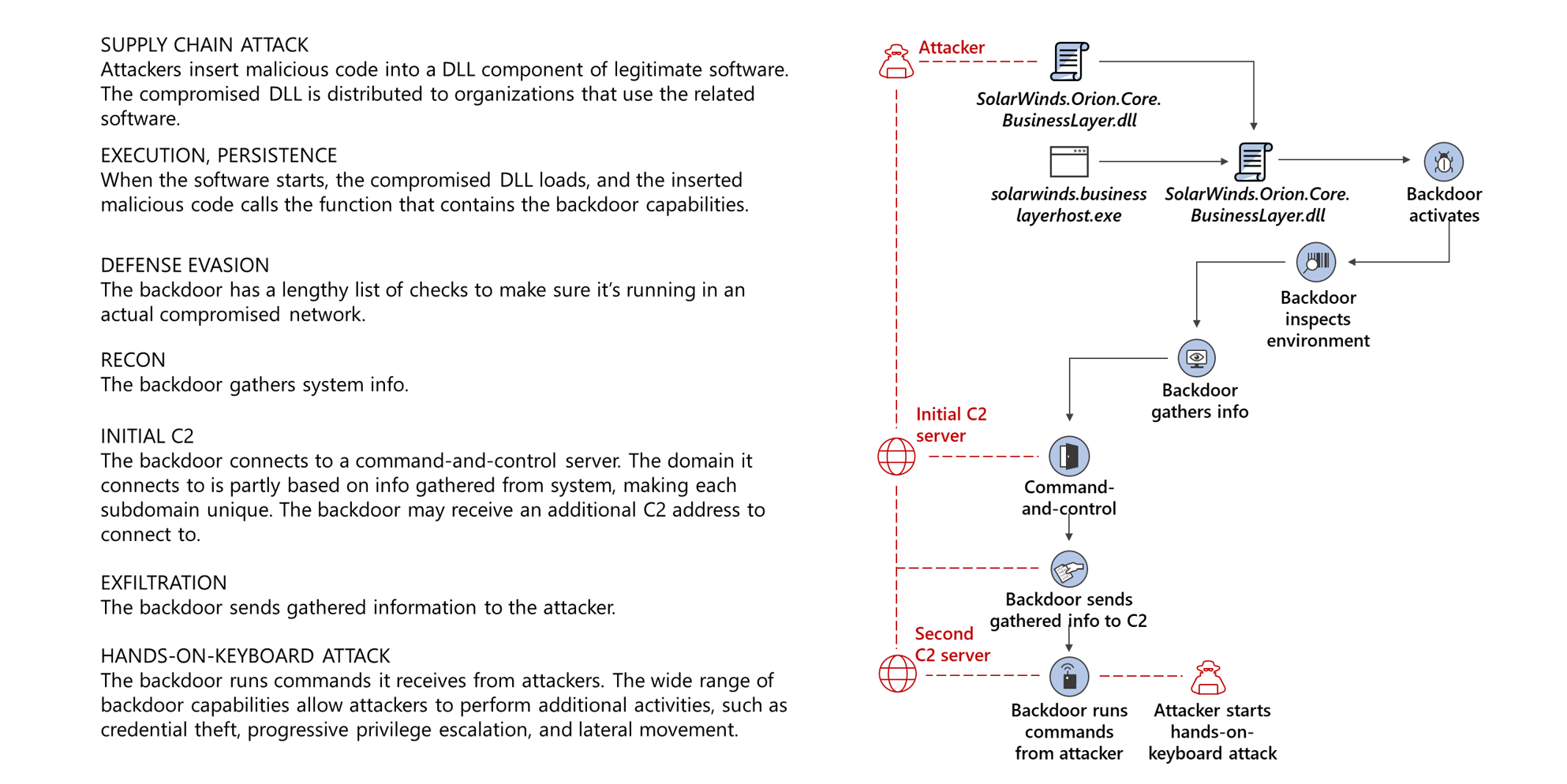SolarWinds attack explained:

 www.csoonline.com
www.csoonline.com

SolarWinds attack explained: And why it was so hard to detect
A group believed to be Russia's Cozy Bear gained access to government and other systems through a compromised update to SolarWinds' Orion software. Most organizations aren't prepared for this sort of software supply chain attack.




